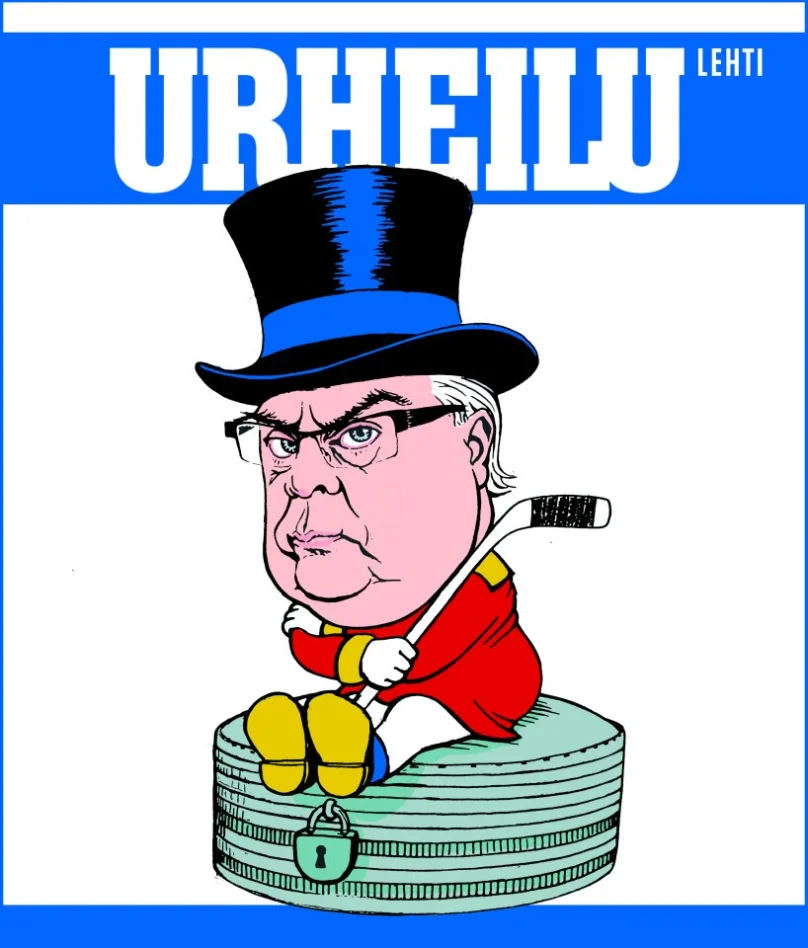For years the UK inline hockey scene has been a total mess. We are not sugar coating it. It was a mess where you had a whole bunch of different leagues being run and all seemed to bicker amongst each other on who does things right and what the other leagues did was completely and utterly wrong.
But that has all changed today. All leagues that were affiliated with the IIHF will be merging to create Inline UK. Former regional leagues will be grouped together in new leagues (see below). A source has told us that there are plans for a nationwide – top-flight – league in the works for the future. The planned top-flight league structure would mean that each purpose built rink in the UK would have one ‘home’ team each, thus forming the league. There is still work to be done around the set up of the top league, but we do hope that this will happen.
The new leagues are as follow:
- British Rink Hockey Association (BRHA) will become Inline UK South
- GBHI North Wales will become Inline UK North Wales
- GBHI Midlands will become Inline UK Midlands
- GBHI Yorkshire will become Inline UK Metal Monster Yorkshire
- North West Inline Hockey League will become Inline UK Northwest
- New regions include Inline UK Isle of Man and Inline UK West
This now leaves UK with Inline UK league, governed by IIHF rules and regulations and with FIRS leagues such as BIPHA, bringing the UK inline hockey structure in-line with format seen across Europe. Each region will run their regular seasons exactly as planned ahead of the Inline UK launch and league winners will advance to national finals in the summer of 2015.
The move is most welcome and will certainly allow UK inline hockey to grow and means that there are now better opportunities for competition and player development as opposed to in the old, fragmented format. The change is something that players have been begging for, for a number of years.
Our source told us that majority of the Inline UK games will be played in purpose built rinks, as opposed to sports halls. This gives inline hockey in the UK a better chance for growth and for people to access the sport. Playing games in rinks as opposed to sports halls will mean that players will learn the dynamics of the game for international tournaments and will serve as a good learning curve for those that take the inline hockey route to ice hockey. Additionally, playing the game in a purpose built rink is safer than it is in a sports hall setting.
The problem with independent, regional leagues was that there was low interest in the sport, except for the local areas. The nationwide competition will surely increase the visibility of the game a little bit and if nothing else, it will give team GB Inline hockey a greater pool of prospects to tap into, that may have flown under the radar in the fragmented old system.
Additionally all Inline UK games will be streamed online, with live statistics appearing online as well, which is likely to improve visibility and interest around the game and bring in sponsors for the league and teams, which is vital for the survival of the game.
There is still the chance that some teams may not join in with Inline UK and may defect to FIRS governed leagues, or set up new leagues on their own, however our source said that this is unlikely as players have demanded the unification of leagues for a long time. Additionally there was speculation that some FIRS/BIPHA teams might defect and join Inline UK.
Now if only ice hockey would do the same and move to a unified structure, instead of mess around with the whole IHUK and EIHA situation and brought live streaming to all games, across all leagues.
The full press release from Inline UK:
Introducing INLINE UK
We are pleased to announce the start of a new and exciting chapter for inline hockey in the UK. The sport has been played in the country for over 30 years in various regional leagues run by dedicated volunteers. The sport has given so much to so many players, officials and fans, but it has always been fragmented. Players and fans want and deserve better.
There have been repeated calls from the hockey community that the leagues should join together and league managers have heard these calls. It is with great pride that we, the Inline UK national committee, are announcing that we have reached an agreement to join forces under a new brand, Inline UK.
Founding members of Inline UK, and the new Inline UK regions are: • British Rink Hockey Association (BRHA) –> Inline UK South • GBHI North Wales –> Inline UK North Wales • GBHI Midlands –> Inline UK Midlands • GBHI Yorkshire –> Inline UK Metal Monster Yorkshire • North West Inline Hockey League –> Inline UK Northwest • New region: Inline UK Isle of Man • New region: Inline UK West
The above league executives have agreed to be founding members of Inline UK, subject to league member approval where constitutionally required. Inline UK games will be played following the IIHF rulebook. Each region will run their regular seasons exactly as planned ahead of the Inline UK launch and league winners will advance to national finals in the summer of 2015. United Kingdom will finally have a true national champion. Any questions about Inline UK can be directed to the regional league executives or to the national executive through our website and Facebook page.




